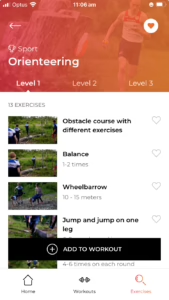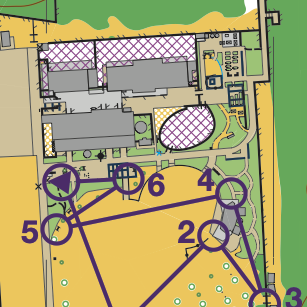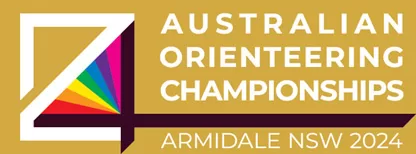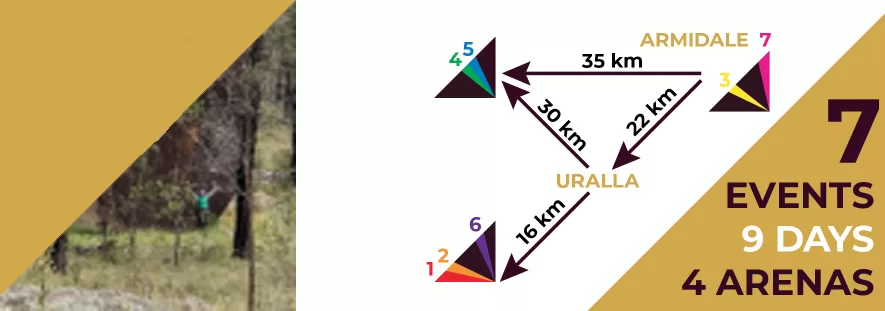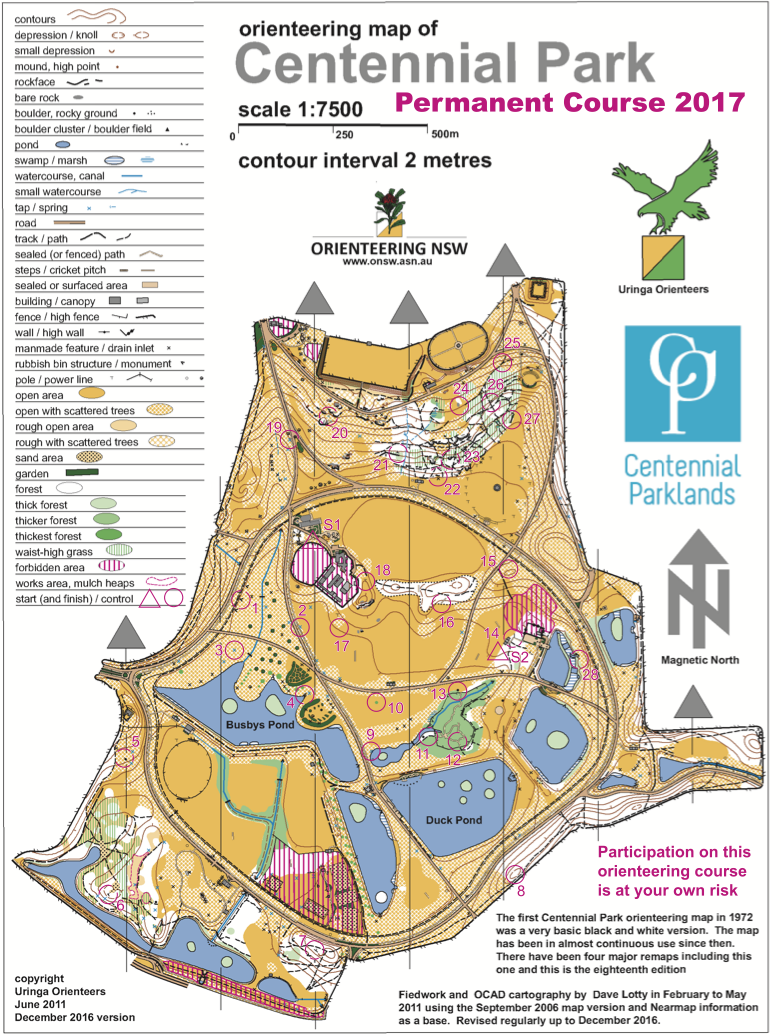WOW 2025: World Orienteering Week

The week of the 17th to the 25th May this year is World Orienteering Week! This is the 10th year World Orienteering Week has been celebrated and it consists of organised races and educational events around the globe to foster and promote the sport of orienteering.
Here in Sydney we have Garringal Orienteers organising their Moonlight Madness orienteering evening to celebrate WOW 2025. Running around the Woolwich foreshore on the lovely Sydney Harbour will be an ideal way to celebrate this great week! As the name suggests, it’s an evening event and as such head torches are necessary. As usual you can read about the event details on Eventor.
If you are thinking of registering and hosting an event, WOW organisers maintain a catalogue of possible events that you can freely get ideas from.
Happy orienteering in World Orienteering Week!
Read more
